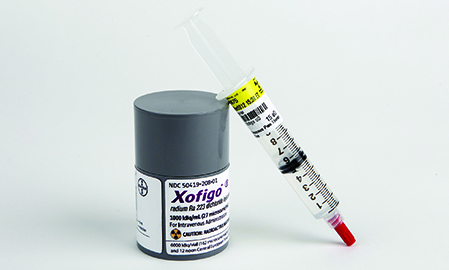Brits in search of Bayer’s prostate cancer drug Xofigo or Sanofi’s colorectal drug Zaltrap should prepare for disappointment: the National Institute for Health and Care Excellence has said neither of these drugs will make it onto the national formulary.
For Xofigo, it was a matter of poor documentation: NICE said in its rejection that Bayer failed to “provide the Committee with any data on how well radium-223 works compared to docetaxel or abirateone,” lapses which made it impossible for the committee to determine if the drug was a cost-effective measure.
Sanofi’s hurdle: price. By NICE’s measure, the actual cost for Zaltrap was around $11,600 more per quality-adjusted life year—also referred to as a QALY—than the value that Sanofi listed for the drug. The QALY is a metric the committee uses for cost comparisons.
Even at the lower end, Sanofi’s estimate came in at around $73,000 per QALY as opposed to NICE’s comfort zone which is between $33,000 and $50,000.
In terms of per-prescription costs, NICE wrote it would cost between $487 and $975, depending on the dose and length of treatment.
Committee Chief Executive Andrew Dillon noted in the rejection that the National Health Service already has six on-formulary colon cancer treatments that “justify what the NHS will have to pay for them.”
Sanofi’s rejection may feel familiar, because it echoes the public standoff between the pharmaceutical company and New York’s Memorial Sloan Kettering Cancer Center that played out in last fall’s New York Times Op-Ed pages. In this case three doctors wrote they refused to prescribe Zaltrap, which cost $11,000 for a month’s treatment, when older, cheaper Avastin “works through a similar molecular mechanism” with the same general outcome.
Sanofi saved face by offering a facility discount a month later, and ended up pocketing $73 million in Zaltrap sales in 2013.








